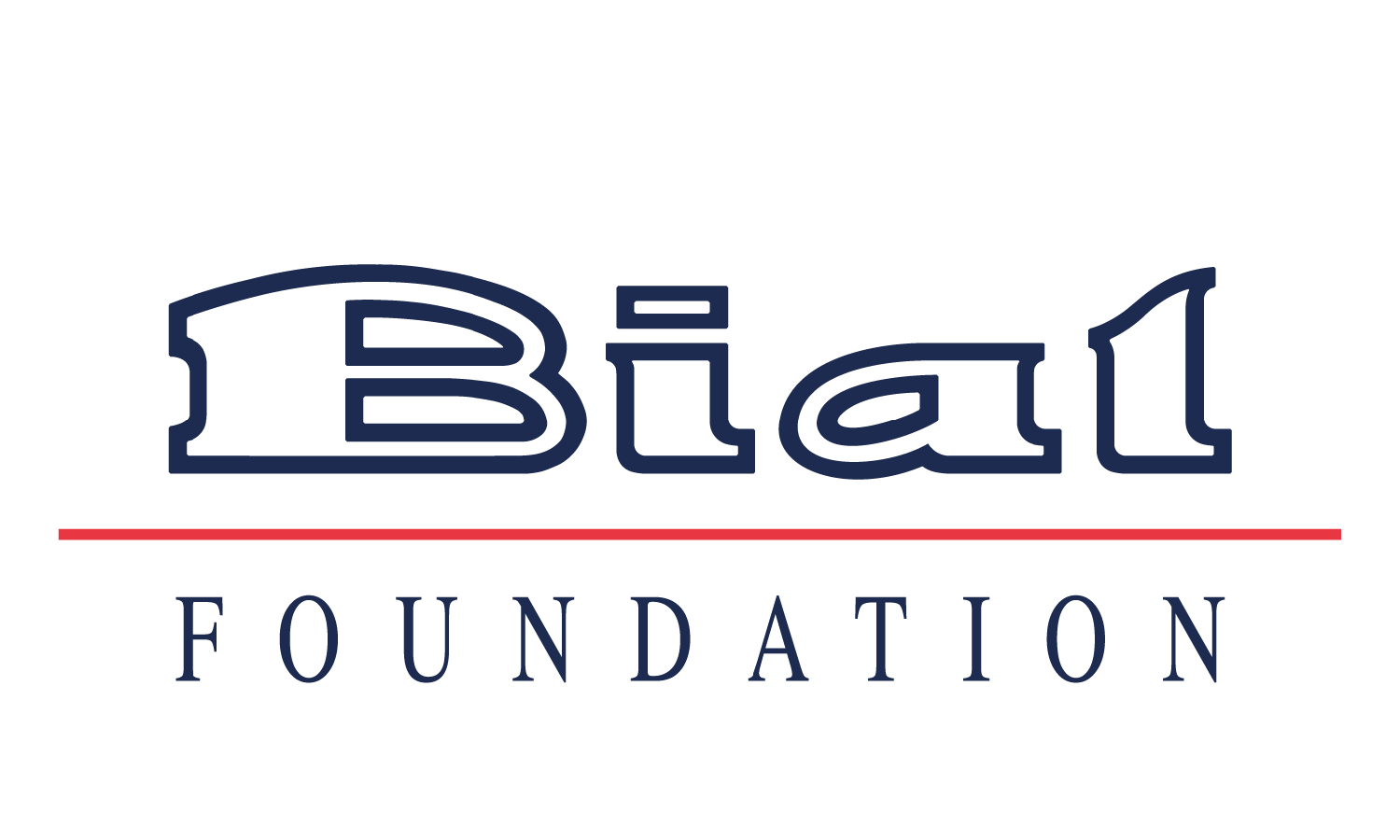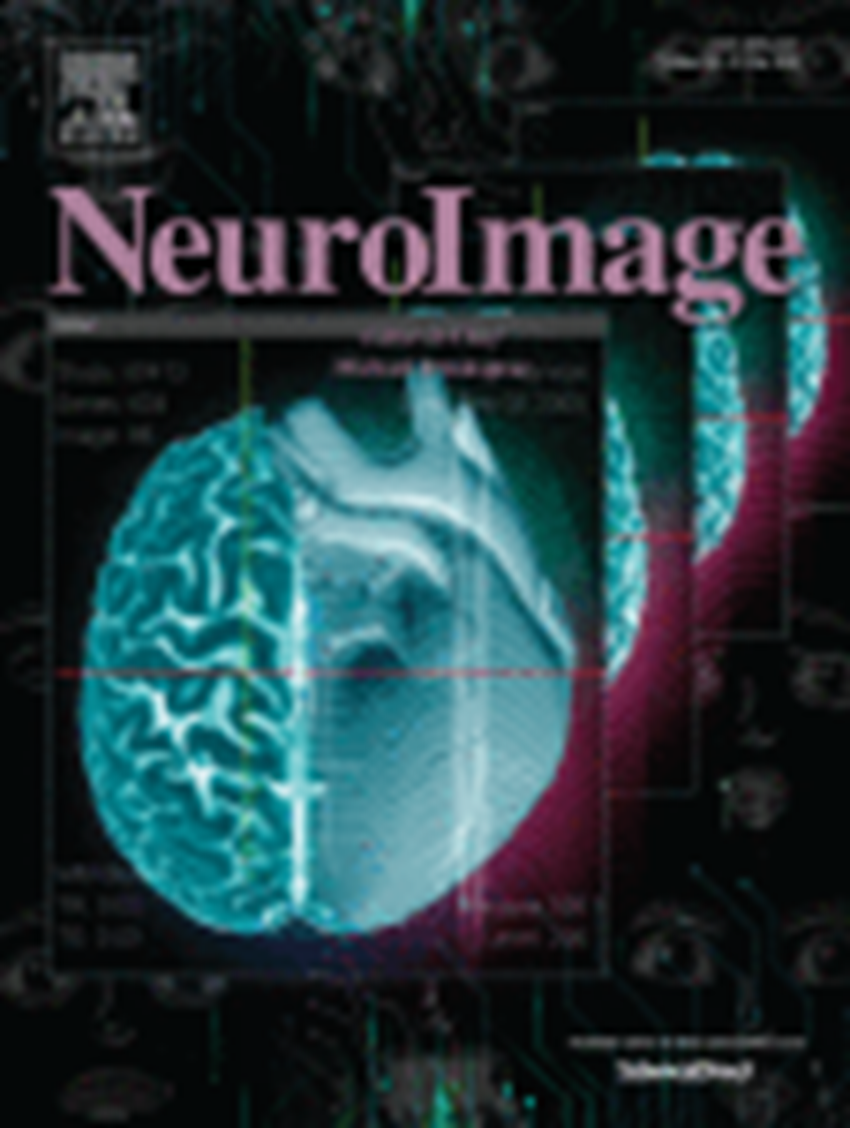The article Face space representations of movement has been published in NeuroImage. This paper presents some of the main findings from project 27/16 - How do brains encode the distinctive movements of facial expressions?, supported by the BIAL Foundation and led by Nicholas Furl.
“The challenging computational problem of perceiving dynamic faces “in the wild” goes unresolved because most research focuses on easier questions about static photograph perception. This literature conceptualizes face representation as a dissimilarity-based “face space”, with axes that describe the dimensions of static images. Some versions express positions in face space relative to a central tendency (norm). Are facial movements represented like this? We tested for representations that accord with an a priori hypothesized motion-based face space by experimentally manipulating faces’ motion-based dissimilarity. Because we caricatured movements, we could test for representations of dissimilarity from a motion-based norm. Behaviorally, participants perceived these caricatured expressions as convincing and recognizable. Moreover, as expected, caricature enhanced perceived dissimilarity between facial expressions. Functional magnetic resonance imaging showed that occipitotemporal brain responses, including face-selective and motion-sensitive areas, reflect this face space. This evidence converged across methods including analysis of univariate mean responses (which additionally exhibited norm-based responses), repetition suppression and representational similarity analysis. This accumulated evidence for “representational geometry” shows how perception and visual brain responses to facial dynamics reflect representations of movement-based dissimilarity spaces, including explicit computation of distance from a norm movement.”






































































